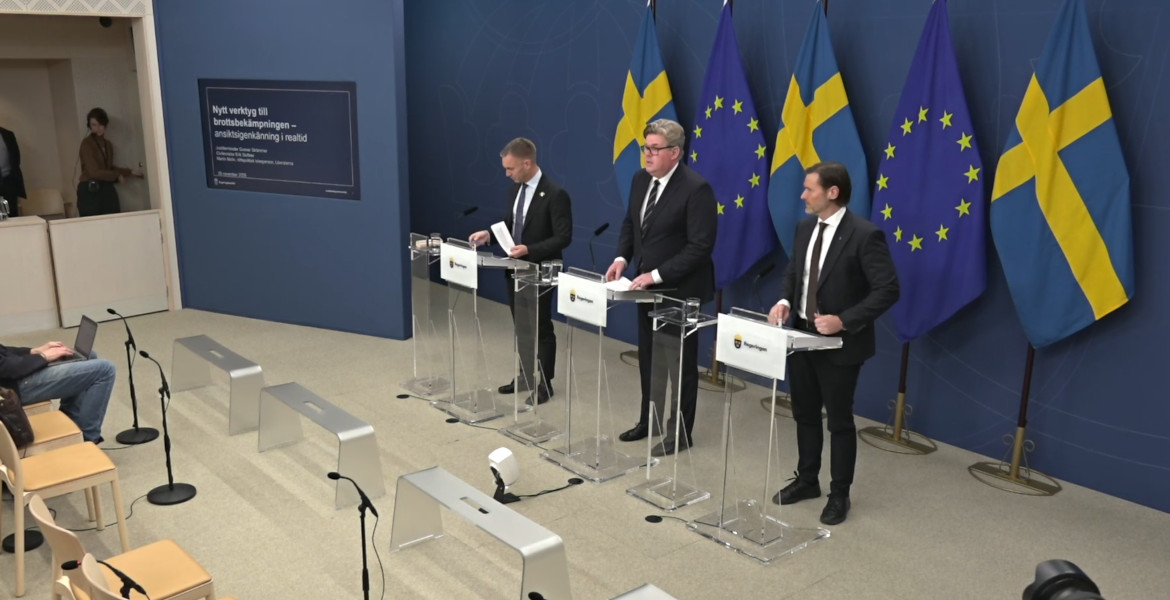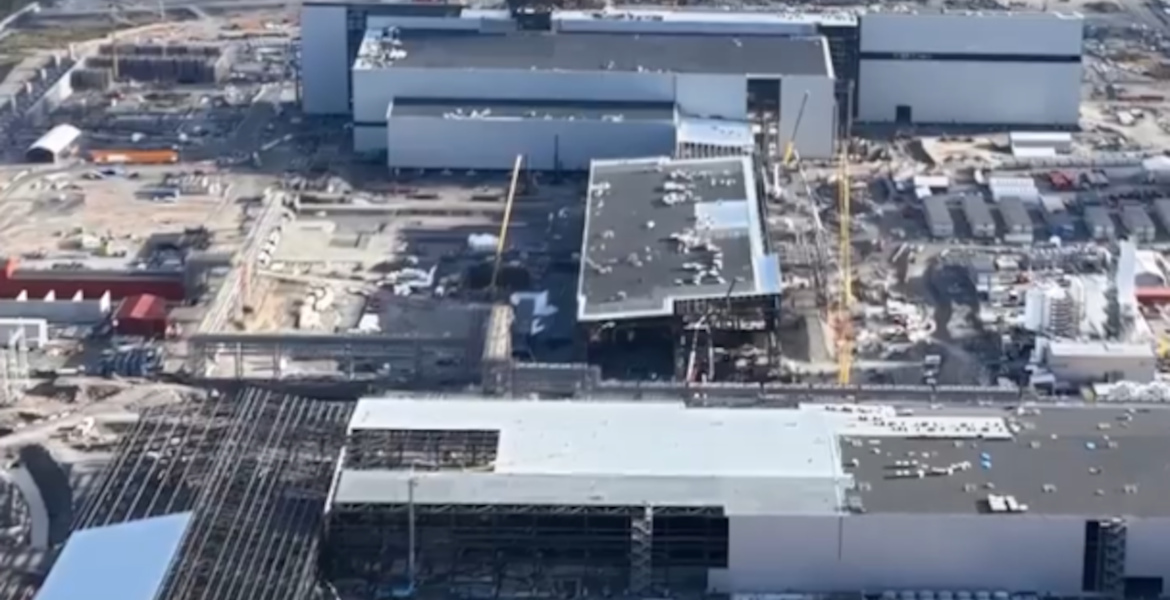All known rock carvings in Sweden have been made available in a new database. More than 26,000 digitized documents have been collected and made available to researchers and the public.
Rock carvings can be found in every county in Sweden and in most cases have been dated to be around 3000 years old. Sweden is also home to the unique Släbroristningarna, which differ significantly from ordinary rock carvings in their patterns and shapes. Researchers believe that they may be up to 1000 years older than most other rock carvings.
Rock carvings in Sweden have been documented since the 17th century, and since 2007 the Swedish Rock Carving Research Archive (SHFA) has been collecting the documentation in a digital database.
Now the SHFA, together with the Gothenburg Research Infrastructure for Digital Humanities (GRIDH) at the University of Gothenburg, has developed the database and collected more than 26,000 digitized documents of rock carvings.
"The Scandinavian rock carvings are world famous"
The database is linked to Fornsök and the Swedish National Heritage Board's search service for all known registered ancient remains in Sweden. There will be high-resolution images, search functions with maps and more advanced search functions.
The open database will mainly contain rock carvings from Sweden, but will also include carvings from other countries.
– Scandinavian rock carvings are world-famous, and the new database makes it easier for researchers and the interested public to access the material, says Siska Humlesjö, project assistant at the University of Gothenburg.
The database is currently being tested and will be further developed during the fall and will among other things include 3D models of rock carvings.





